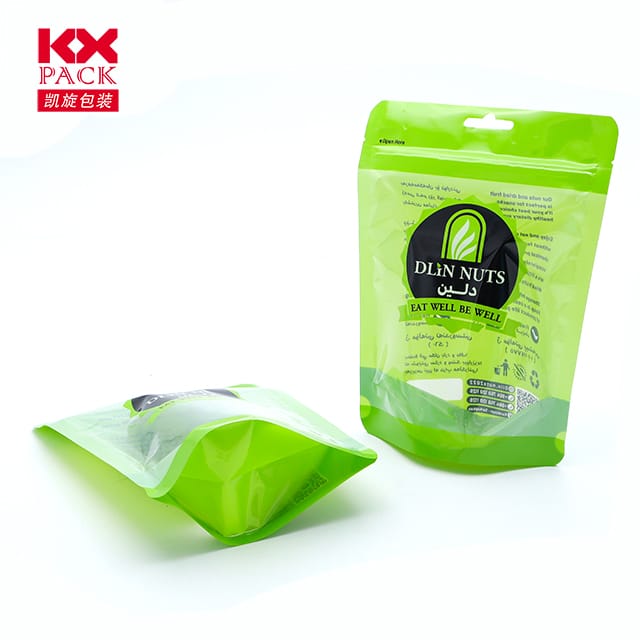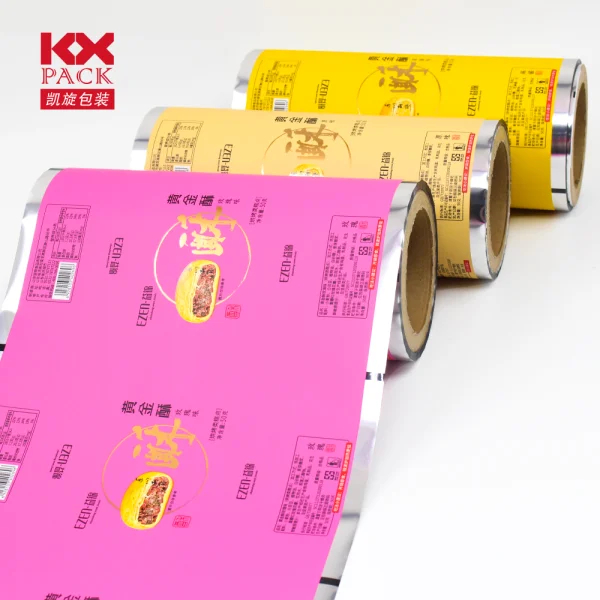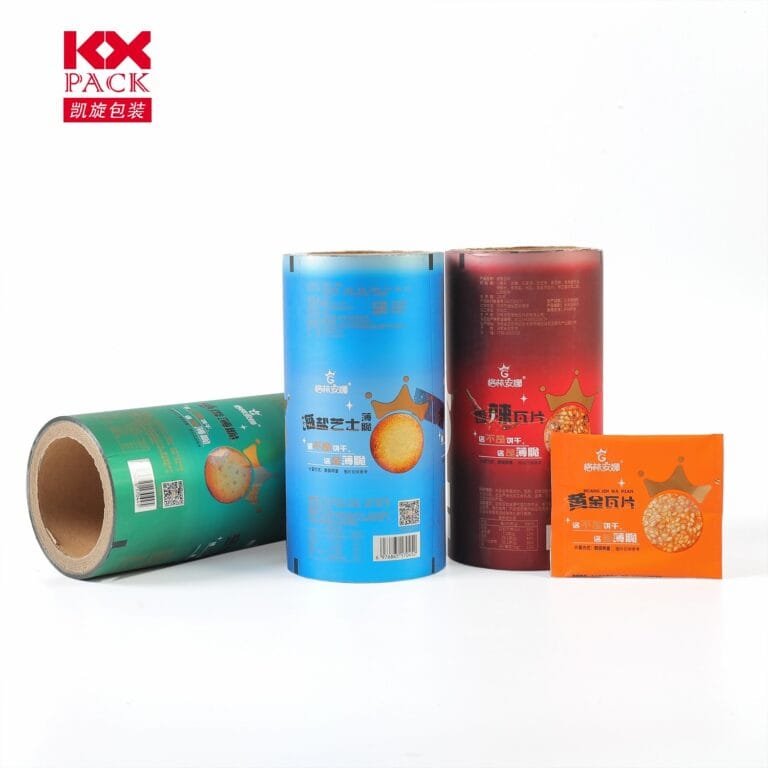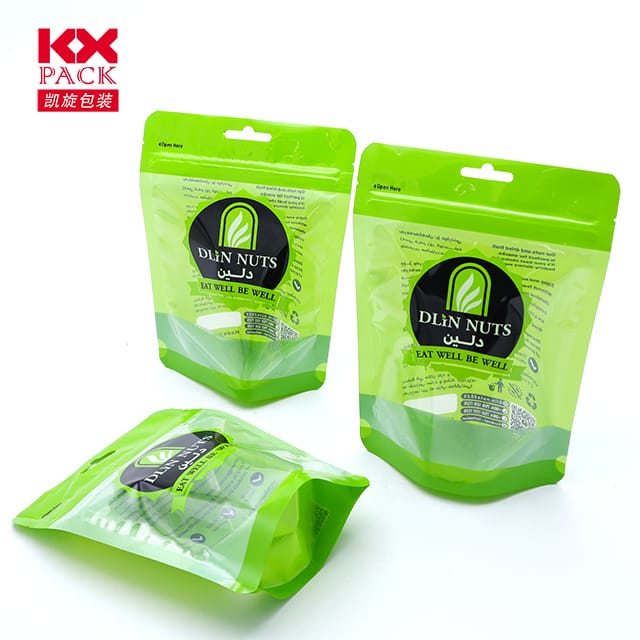Il futuro della conservazione degli alimenti: Come le pellicole flessibili per l'imballaggio alimentare stanno rivoluzionando il settore
Flexible Food Packaging Films
In an era where sustainability, sicurezza alimentare, e la comodità sono fondamentali, Flexible Food Packaging Films have emerged as a game-changer for the global food and beverage industry. Questi leggeri, i materiali adattabili stanno ridefinendo il modo in cui i prodotti vengono protetti, presentato, e conservato, dalla fattoria alla tavola. Let’s explore the innovations driving this trend and why they’re critical for modern consumers and manufacturers.
Why Flexible Food Packaging Films? The Core Advantages
- Barrier Protection, Extended Shelf Life
Flexible Food Packaging Films are engineered with multi-layer structures that create impermeable barriers against oxygen, umidità, leggero, e contaminanti. Per esempio, PVDC-coated films O metallized PET layers can reduce oxygen transmission by up to 99%, preserving freshness and flavor in snacks, meats, and dairy. Studies suggest that advanced packaging could cut global food waste by 30% by 2030—a critical step toward sustainability. - Lightweight and Eco-Friendly
Compared to rigid packaging (PER ESEMPIO., glass jars or metal cans), Flexible Food Packaging Films use 70% less material by weight, lowering transportation emissions and storage costs. Innovations like biodegradable PLA films E recyclable PE/PP blends are further reducing plastic’s environmental footprint, aligning with global zero-waste goals. - Customization and Versatility
Da buste stand-up for pet food to retort-ready bags for ready-to-eat meals, flexible films adapt to any product shape or size. Brands can leverage stampa digitale per vibrante, on-demand packaging designs, enhancing shelf appeal and brand storytelling.
Key Innovations Shaping the Market
- Smart Films for Enhanced Safety
Modern Flexible Food Packaging Films incorporates anti-fog coatings (for clear visibility in refrigerated sections), self-venting technologies (for microwave-safe meals), E UV-blocking layers (to protect light-sensitive products like oils or supplements). Ad esempio, Film Bopp with low seal initiation temperatures (SIT) boost production efficiency by 20% for snack manufacturers. - Sustainability-Driven Materials
The market is shifting toward pellicole compostabili (PER ESEMPIO., corn-starch-based PLA) E post-consumer recycled (PCR) content. Companies like Glenroy E Winpak are pioneering mono-material structures (PER ESEMPIO., all-PE pouches) to simplify recycling. Di 2028, the global flexible packaging market is projected to reach $341.6 miliardi, fueled by eco-conscious demand. - Advanced Adhesives and Sealing
New solvent-free laminations E high-performance sealants ensure leak-proof packaging even for liquid products like soups or sauces. These innovations also reduce production waste and energy use.
Applicazioni in tutti i settori
- Fresh Produce: Breathable films with modified atmosphere packaging (MAPPA) extend the shelf life of berries and leafy greens by 2–3 times.
- Ready-to-Eat Meals: Retort pouches withstand high-temperature sterilization, eliminating preservatives while maintaining texture and taste.
- Farmaceutici: Child-resistant, moisture-barrier films ensure safe storage of pills and supplements.
- Cosmetics: Flexible tubes and sachets offer precise dispensing and protection from contamination.
La strada da percorrere: Trends for 2025 and Beyond
- Circular Economy Integration
Brands are adopting closed-loop systems, where used packaging is collected, riciclato, and repurposed into new films. Partnerships between manufacturers and recycling firms will be key to scaling this model. - Packaging attivo e intelligente
Imagine films that change color when food spoils or release natural preservatives over time. Early prototypes using time-temperature indicators (TTIs) E oxygen scavengers are already in testing. - Conformità normativa
As governments tighten rules on single-use plastics, flexible films must meet FDA and EU food-contact standards while minimizing chemical migration. Transparent supply chains and material traceability will become non-negotiable.
Conclusione: A Flexible Future
Flexible food packaging films are no longer just a cost-effective alternative—they’re a strategic imperative for brands aiming to thrive in a competitive, sustainability-focused market. By combining cutting-edge materials with smart design, these solutions address today’s challenges while paving the way for a safer, greener tomorrow.
Ready to upgrade your packaging strategy? Explore how flexible films can transform your product’s performance, sostenibilità, and consumer appeal. The future of food preservation is flexible—and it’s here to stay. 🌱✨
References: Flexible Packaging Association, Global Market Insights, PennPac, TedPack







